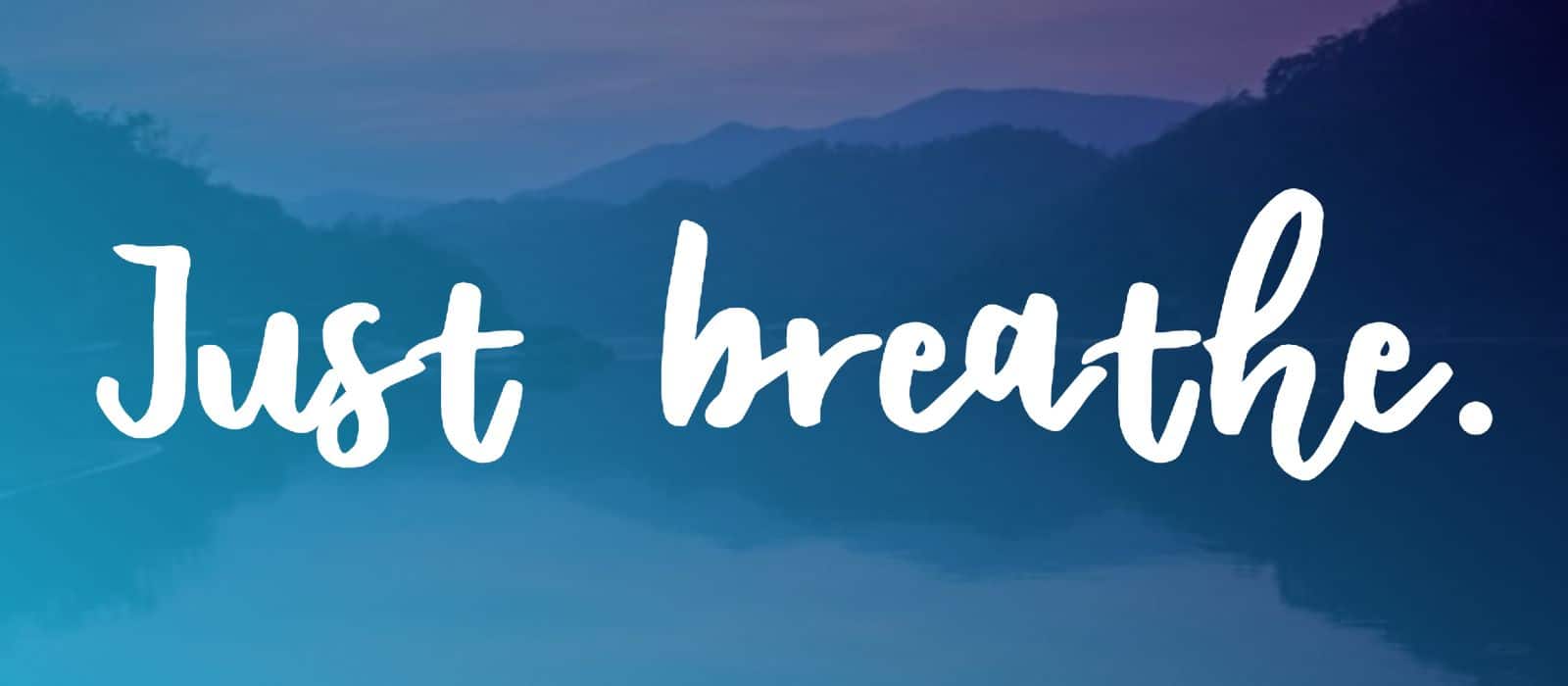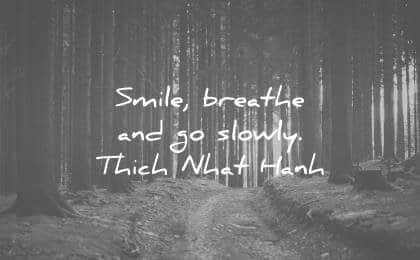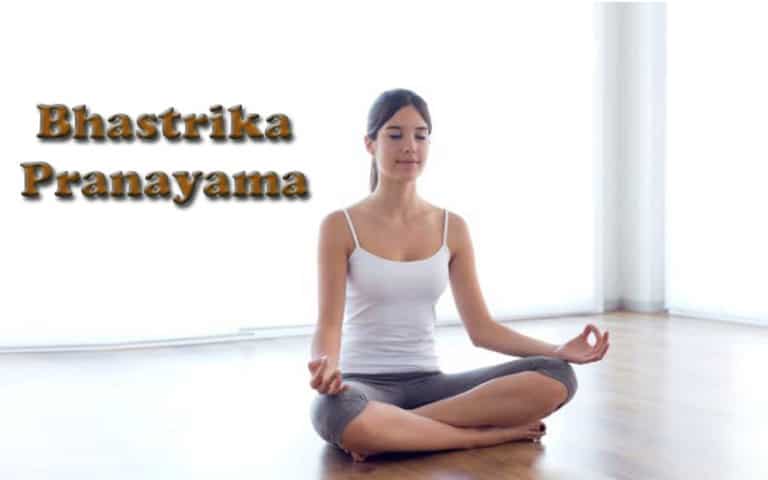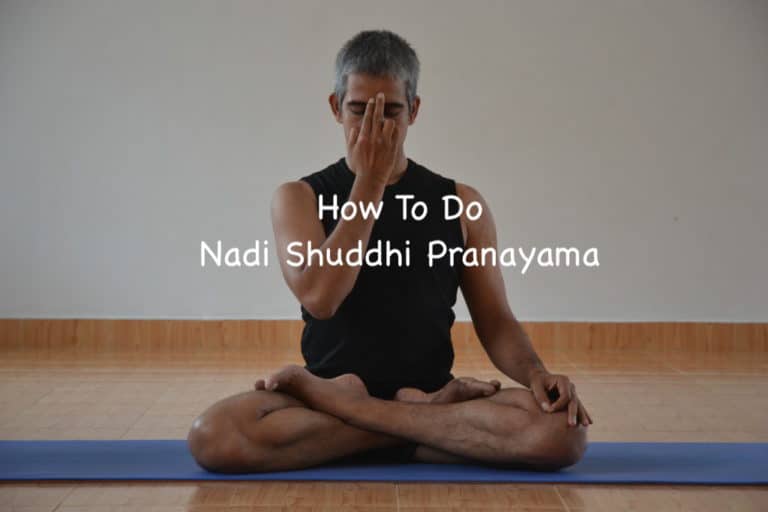In this post, I’ll outline 5 exercises you can use to reduce stress and anxiety. Each of these exercises can be done anywhere, and for any length of time, making them great techniques to incorporate into a meditation practice, or to step back for a moment of peace during a busy day.
The techniques are:
- Ujjayi Breath
- The 4-7-8 Breath Technique
- Bellows Breath
- Alternate Nostril Breathing
- Beginning Breath Meditation
Click here to browse our full list of breath exercises.
The 5 Best Breath Exercises to Reduce Stress
1. Ujjayi Breath
First is the practice of ujjayi pranayama, an oceanic breath that is very common in meditation and yoga.
Ujjayi is an audible breath, which you engage through a very slight constriction at the back of the throat. As you do, your breath will begin to make a soft susurration, like the sound of waves on a beach or the rustling of leaves in the wind.
Read this post for a complete beginner’s guide to ujjayi breath, or learn more about the health benefits of ujjayi.
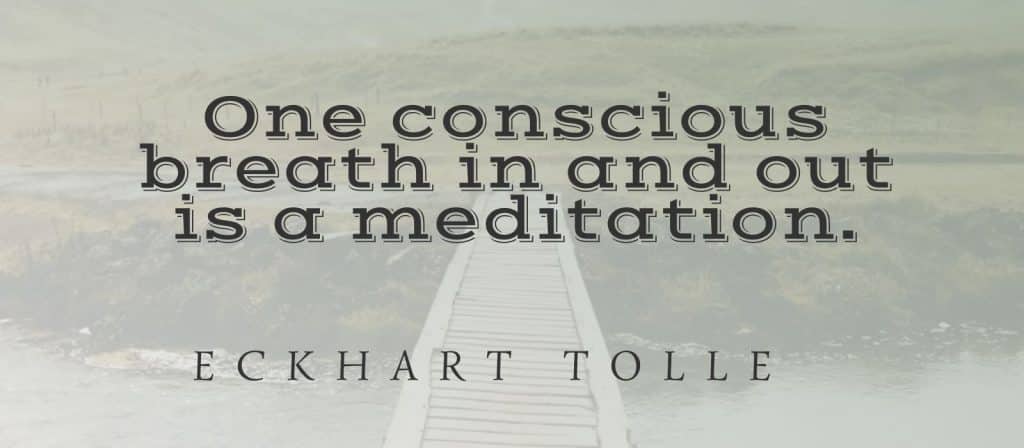
The 4-7-8 Breath Technique
If you want to calm the mind but find it difficult to focus during meditation, then an uneven breath count may be right for you. Uneven breath counts work because they give your mind ‘just enough’ to think about that much of the extraneous chatter will subside.
The uneven pace lulls you out of your natural rhythm of breath, and gives you the opportunity to become more aware.
Learn how to do the 4-7-8 technique in this post.
Bellows Breath
Bellows breath – also known as Bhastrika pranayama – is a great technique for raising the energy in the body, while also calming the mind. It is a form of deep belly breathing, in which you sit up straight and forcefully exhale the air from your body.
You breath quickly, repeating 20-30 cycles of short breaths, followed by a period of rest.
I explain how to do bellows breath correctly in this post.
Alternate Nostril Breathing
Alternate nostril breathing, also known as anuloma viloma or nadi shodhana, is a practice of breathing in and out through one nostril at a time. The core technique is to use your hand to block one side of the nostril, switching the nostril you breath through at the top of each breath.
Learn how to do alternate nostril breathing, or try this guided nadi shodhana meditation.

5. Try a Simple Meditation Practice
Lastly, you may want to try working with a short meditation practice that focuses on your breath. Meditation, even in short intervals, has been proven to dramatically reduce stress and anxiety.
You can try this easy beginning breath meditation for a short, 5 minute exercise that will help you to quiet your mind by focusing on your breath.
If you want to go further, I also recommend you enroll in our 30-day program to calm the mind. It’s free to get started.

